Log in or create new account to save this product to your wishlist.
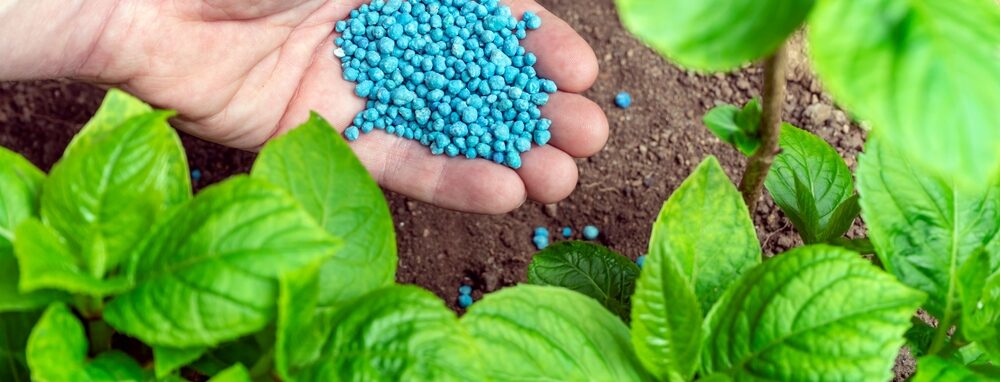
A Comprehensive Guide to NPK Fertilisers
Most fertilisers are defined by an NPK ratio. But what does it mean, and how do you know which to use? Everything you need to know about NPK.
🌱 All important maintenance moments for your lawn during the year. Leave your email and we will send you the lawn calendar for free.
Enter your email
Receive the lawn calendar in the mail
Enjoy a green lawn all year round!

- Order by 2PM = shipped today
- 250.000+ satisfied customers!
- 60 day satisfaction guarantee
Selecting fertiliser might seem simple, but it’s not. Explore nuances like spring vs. autumn, root enhancement, and the NPK number. With the right know-how, you’ll be able to diagnose your lawn problems and develop an NPK solution that helps it recover.
- What is fertiliser?
- What does NPK stand for?
- Too little or too much NPK in your lawn? How to recognise it!
- Why is the composition of fertiliser so important?
- Fertilisation per season
- Percentages and composition of NPK fertiliser
- Secondary nutrients and trace elements
- FAQ
What is fertiliser?
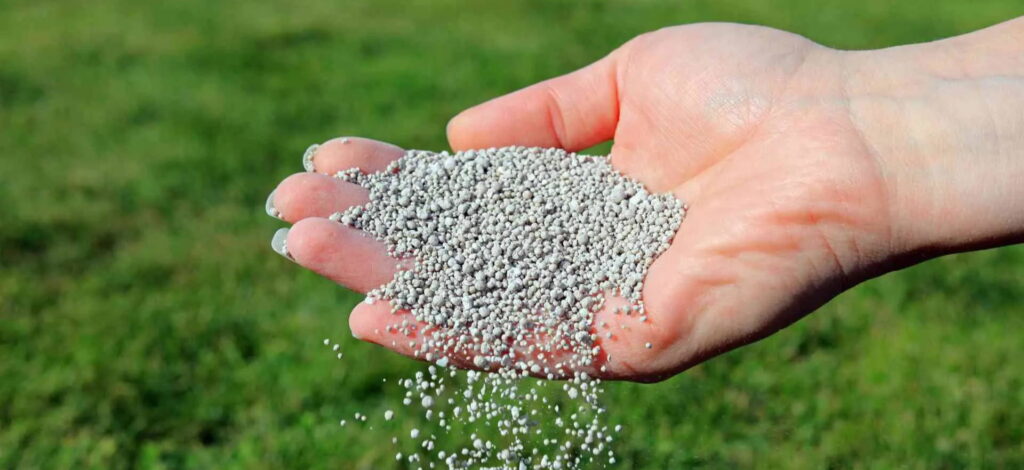
A lawn, aside from water and light, requires nutrients to survive and thrive. Grass naturally extracts these nutrients from the soil. Sometimes, this process gets disrupted, depleting the soil. In such cases, it’s wise to lend nature a hand by fertilising a few times a year.
Fertilising can be done with an organic fertiliser, such as mulch or compost, or with fertiliser. Fertiliser consists of mineral substances, artificially created as the name suggests. The nutrients and minerals are tailored to what your plants or lawn needs in a specific period or situation.
This is indicated by NPK values.
What does NPK stand for?
All plants need carbon, hydrogen, and oxygen to grow and survive – these are supplied by the air. But grass plants also need:
- Nitrogen (N),
- Phosphorus (P)
- Potassium (K)
N = Nitrogen: the function of nitrogen in your grass
Nitrogen is the primary nutrient for plants. It has the ability to swiftly move through the soil, promoting fast grass growth. It stimulates the root and cell development of grass, making your lawn robust and resilient. Nitrogen is also the reason your lawn boasts such a beautiful, green color.
It is advisable to regularly add nitrogen to the soil, especially during periods of vigorous growth, like in spring and possibly in autumn. For a new lawn, avoiding excessive nitrogen is crucial to allow proper development and root formation. An excess of nitrogen can lead to unwanted, unnatural growth.
Did you know that grass can experience stress? During dry periods, it is not advisable to add nitrogen, as stimulating growth may exacerbate stress.
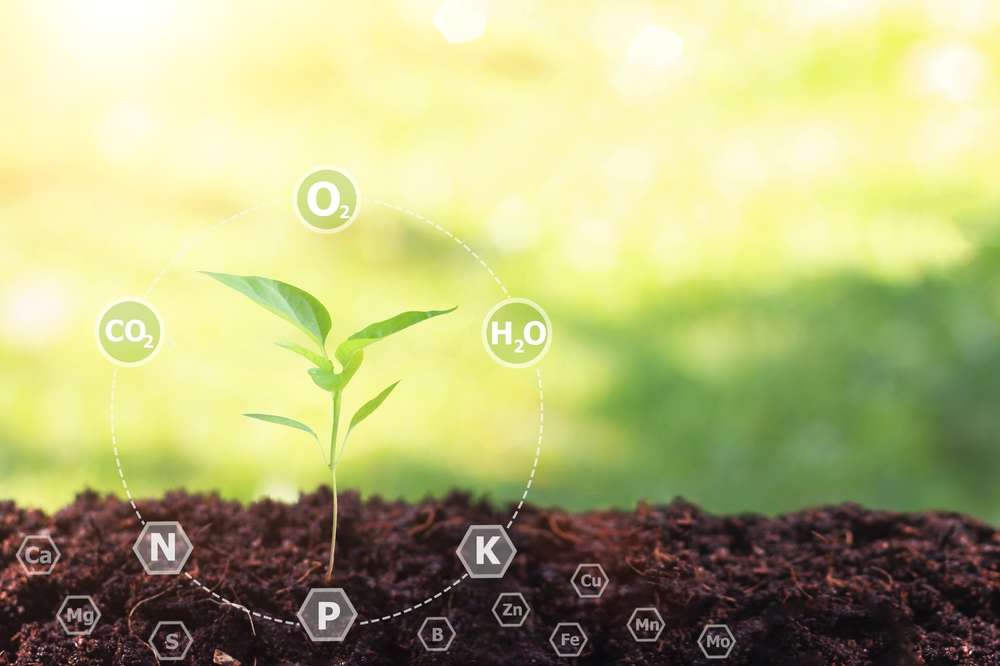
P = Phosphorus: the function of phosphorus in your grass
Phosphorus is a mineral with a singular purpose: root development. It strengthens the roots, enabling them to absorb nutrients and water from the soil. For a young lawn, this nutrient is crucial, aiding the grass in forming a robust root structure for healthy growth.
In some soil types, phosphorus is already abundant. Clay or loamy soil often has a higher phosphorus content than sandy soil.
Want to know the phosphorus level in the soil? Measure it using a soil test. It is recommended to do this once every two years.
K = Potassium: the function of potassium in your grass
Potassium enhances the resistance of the lawn. It fortifies cell walls and facilitates the transport of water and carbohydrates. Like nitrogen, potassium moves swiftly through the soil, but it can also be easily leached out. Potassium contains salt, preventing the grass from freezing in winter and improving cold tolerance.
Potassium makes your lawn ‘hard,’ meaning it becomes better resistant to external influences. By adding potassium to the soil, you enhance the lawn’s resistance to diseases and fungi. Grass consumes more potassium than phosphorus, so regular supplementation is advisable.
Too little or too much NPK in your lawn? How to recognise it!
It’s crucial that your lawn has the right amount of nitrogen, phosphorus, and potassium. But how do you know if that’s the case? Observe your lawn and watch for the following signs.
Nitrogen
If your lawn lacks nitrogen, yellowing leaves will appear. Diseases and fungi, such as red thread, also indicate a nitrogen deficiency. However, if there’s an excess of nitrogen in the soil, your grass will grow excessively. Nitrogen promotes extensive growth, and an overdose can lead to unnatural development.
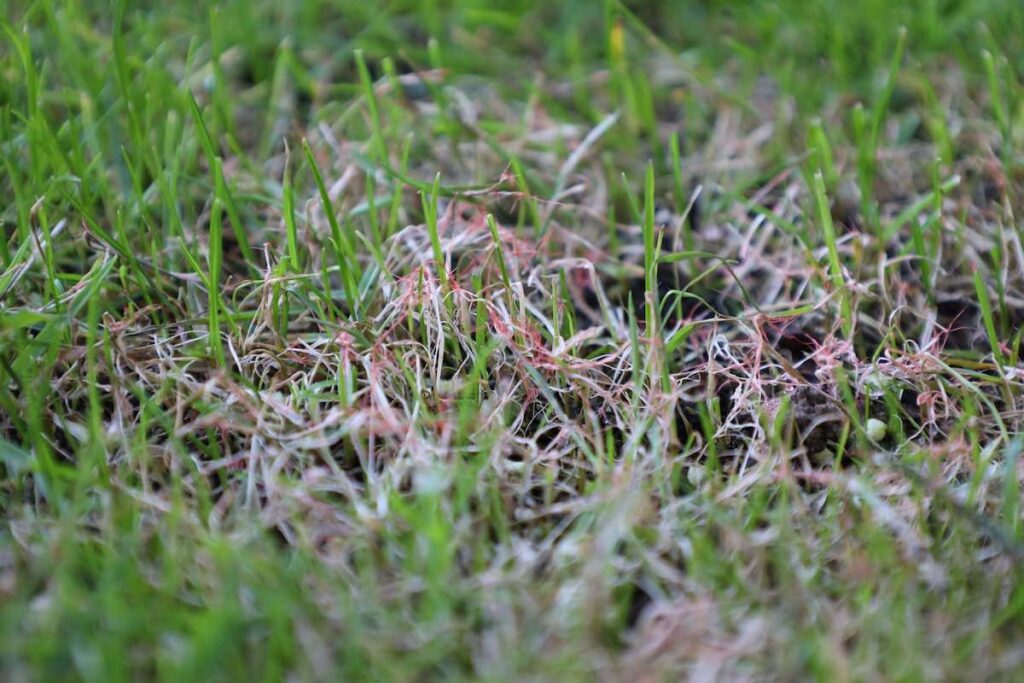
Phosphorus
A phosphorus deficiency results in a blue or purple hue on the grass blades, and the roots develop less effectively. Add phosphorus to the soil, but not too much, as it is detrimental to water quality and biodiversity.
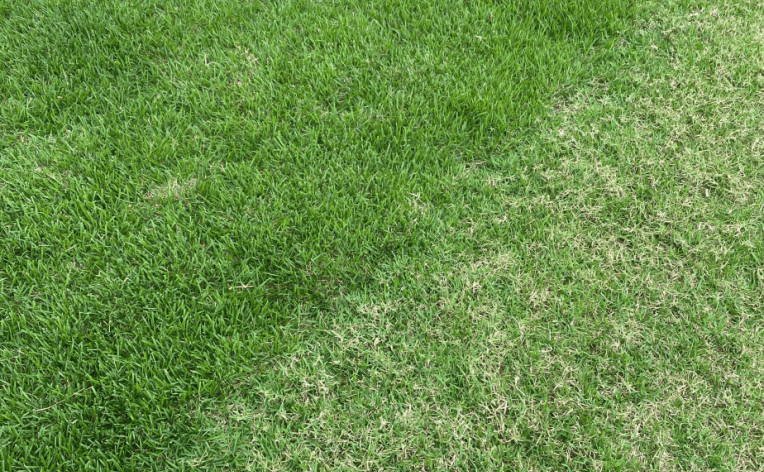
Potassium
A shortage of potassium manifests as coloured spots on leaves and makes the grass turn brown. Since potassium contains a high level of salt, excessive application is harmful to the environment. Therefore, be cautious not to add too much.

Why is the composition of fertiliser so important?
It might not be immediately apparent, but there is variation in the composition of different fertilisers. However, having some knowledge is handy to provide the best care for your lawn. The fertiliser used in spring differs from that used in autumn.
The difference lies mainly in the quantity of the NPK elements. Each season has different needs and requires a specific treatment.
Fertilisation per season
In spring, the grass is allowed to grow vigorously. This is the ideal moment to add nitrogen and give the lawn a powerful boost. The optimal timing for spring fertilisation depends on the soil temperature. Grass thrives best at temperatures of 10 degrees Celsius and higher. At lower temperatures, it’s not advisable to apply an excessive amount of nitrogen, as the grass has different priorities.
For summer fertilisation and late autumn fertilisation, choose a lawn fertiliser with a lower nitrogen content. This prevents excessive growth, making the grass weaker in winter and more susceptible to diseases. Winter is, however, the most challenging period for the lawn, and the grass must be at its strongest.
Autumn fertilisation naturally includes phosphorus, which provides an extra stimulus for root development. This strengthens the grass in preparation for the harsh winter. The potassium content, related to resistance, is higher in fertilisers applied to the lawn in autumn or winter, similar to phosphorus.
-
Spring Boost Lawn Fertiliser
Out of stock
12.99- Order by 2PM = shipped today
- 250.000+ satisfied customers!
- 60 day satisfaction guarantee
-
Long Lasting Lawn Fertiliser
Out of stock
13.99- Order by 2PM = shipped today
- 250.000+ satisfied customers!
- 60 day satisfaction guarantee
-
BestsellerAll-Round Lawn Fertiliser
Out of stock
12.99- Order by 2PM = shipped today
- 250.000+ satisfied customers!
- 60 day satisfaction guarantee
Percentages and composition of NPK fertiliser
Now that you understand what NPK means, how to recognise it in case of a deficiency, and the outcomes of its application, you might wonder: how much does my lawn need? The ratio of each element varies not only between different lawn fertilisers but also among producers. Therefore, carefully check the label to ensure that a fertiliser contains the elements you deem important. Below, we explain how to read a label.
For a spring fertilisation, the ratio of NPK elements is often presented as 12-3-5. These numbers represent percentages. Out of every 100 grams of artificial fertiliser, 12 grams are nitrogen, 3 grams are phosphorus, and 5 grams are potassium.
| What | Value |
|---|---|
| N = Nitrogen | 12 |
| P = Phosphorus | 3 |
| K = Potassium | 5 |
NPK-12-3-5
In total, 20 out of the 100 grams of fertiliser consist of NPK elements.
What about the remaining 80%? The other components are also crucial for the proper functioning of the product. These include secondary nutrients, trace elements, and other components such as soil conditioners and coatings to facilitate controlled absorption (with a slower absorption rate for better effectiveness).
What does 12-10-18 mean?
The ratio 12-10-18 is perhaps the most common NPK ratio. This is also known as a universal fertiliser, meaning you can use it in many situations.
Secondary nutrients and trace elements
While NPK elements are often referred to as primary nutrients, fertilisers also contain various essential secondary nutrients and trace elements.
Calcium contributes to a robust cell structure in the grass and helps reduce soil acidity. These pH-increasing properties enhance nutrient absorption, although it’s crucial to note that calcium in fertilisers is present in very small amounts.
Magnesium is more commonly added to fertilisers than calcium. This mineral stimulates the growth and development of chlorophyll, a growth hormone giving grass its beautiful dark green colour and promoting the photosynthesis process. Magnesium is a beneficial addition after scarification.
Sulfur promotes enzyme development, enhances grass resistance to cold, and supports seed production. This option is primarily intended for professional use.
Trace elements are small percentages of metals that a plant doesn’t require in large quantities but are crucial for its well-being. Examples include iron, zinc, and boron.
FAQ
N=Nitrogen, P=Phosphorus, K= P=Potassium. The NPK number refers to the balance of those chemical elements.
Tomatoes need lots of everything to grow healthy fruit, but look for an NPK of 10-10-10 or 5-10-10.
It depends on the plants, but studies have identified that flowering plants enjoy an NPK of 3-1-2.
Ready to start, or do you want more information?
We hope you’ve got a clear understanding the NPK ratio printed on your fertiliser label. Discover more on fertilising, lawn maintenance or other gardening tips.
We’re always here to help if you have any other questions. Leave a comment or get in touch!
Happy fertilising!
-
Volcanic Rock Dust for Your Garden—Application and TipsDid you know that volcanic rock dust is a brilliant organic soil improver? This article explains exactly what it's good for and how to use it properly.Read more
-
Plant Feed: When, Why, & Which Fertiliser to UseFertiliser comes in different shapes and sizes—not to mention with various nutritional values. Picking the right feed for your plant is consequently quite the process. Find out what you need to look out for.Read more
-
Lawn Edges: Cutting, Mowing & Maintenance TipsFind out why maintaining lawn edges is important. How to cut and mow them. Check out our handy tips for the perfect lawn edging maintenance.Read more
-
The Ultimate Guide to Fertilising Hedges: Top Tips for Thriving PlantsYou[re missing a trick if you're not fertilising your hedges. Find out how to feed your hedge plants and when for excellent results you'll be proud of!Read more
-
Fertilising plants: a guide for gardenersProviding the right level of nutrients for your garden plants is a bit of an art form. Find out how and when to feed your garden plants for the best results.Read more
-
Organic fertiliser for your garden: what is it and how to use itWhat's the difference between organic and synthetic fertiliser? And which is best? Or do they complement each other?Read more
-
Everything You Need to Know About Lawn SandingLawn sanding can help compacted soil take in more nutrients. Find out how and why you should add lawn sand for spectacular results to all lawns.Read more
-
How to Restore An Over-Fertilised Lawn: A Step-by-Step GuideProbably the least-acknowedged cause of yellowing grass! Too much of a good thing is bad! Find out if you're over-fertilising your lawn.Read more
Leave a comment
Your answer will be displayed on the site and the interested party will be notified by email.
Leave a comment
Have a question or want to share your experience? Leave us a comment.

- Order by 2PM = shipped today
- 250.000+ satisfied customers!
- 60 day satisfaction guarantee

- Order by 2PM = shipped today
- 250.000+ satisfied customers!
- 60 day satisfaction guarantee

🌱 All important maintenance moments for your lawn during the year. Leave your email and we will send you the lawn calendar for free.
Enter your email
Receive the lawn calendar in the mail
Enjoy a green lawn all year round!




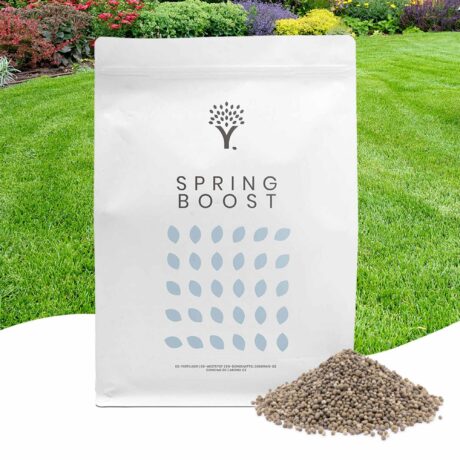



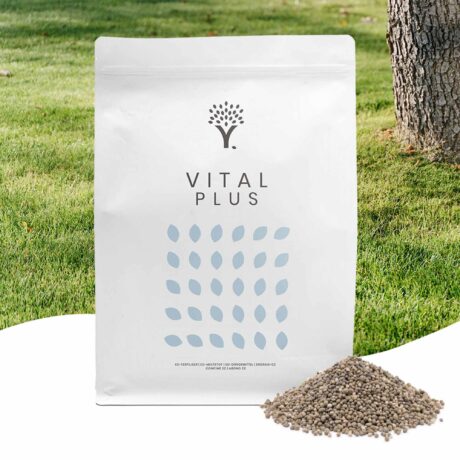




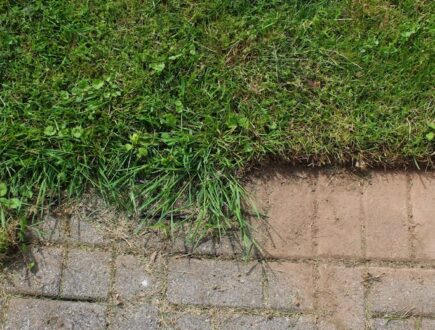
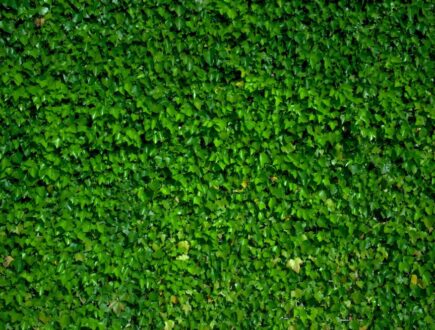
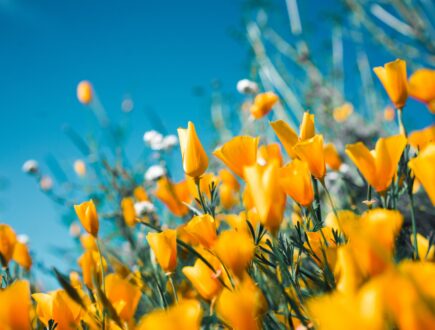

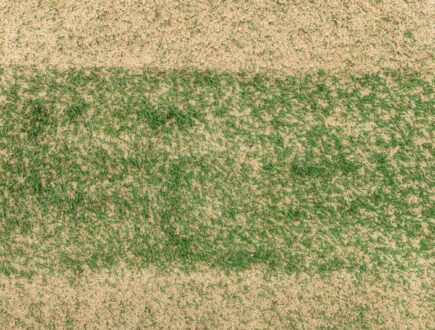
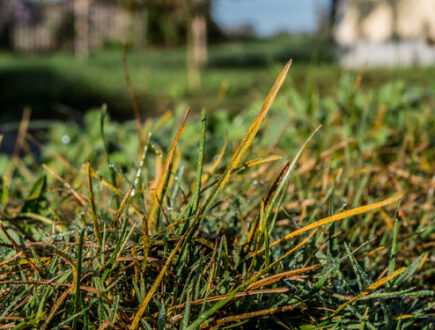







Comments (0)
There are no comments yet. Well then, what are you waiting for to
Be the first to write your comment!inaugurate this pretty page?
Do you have some comments?